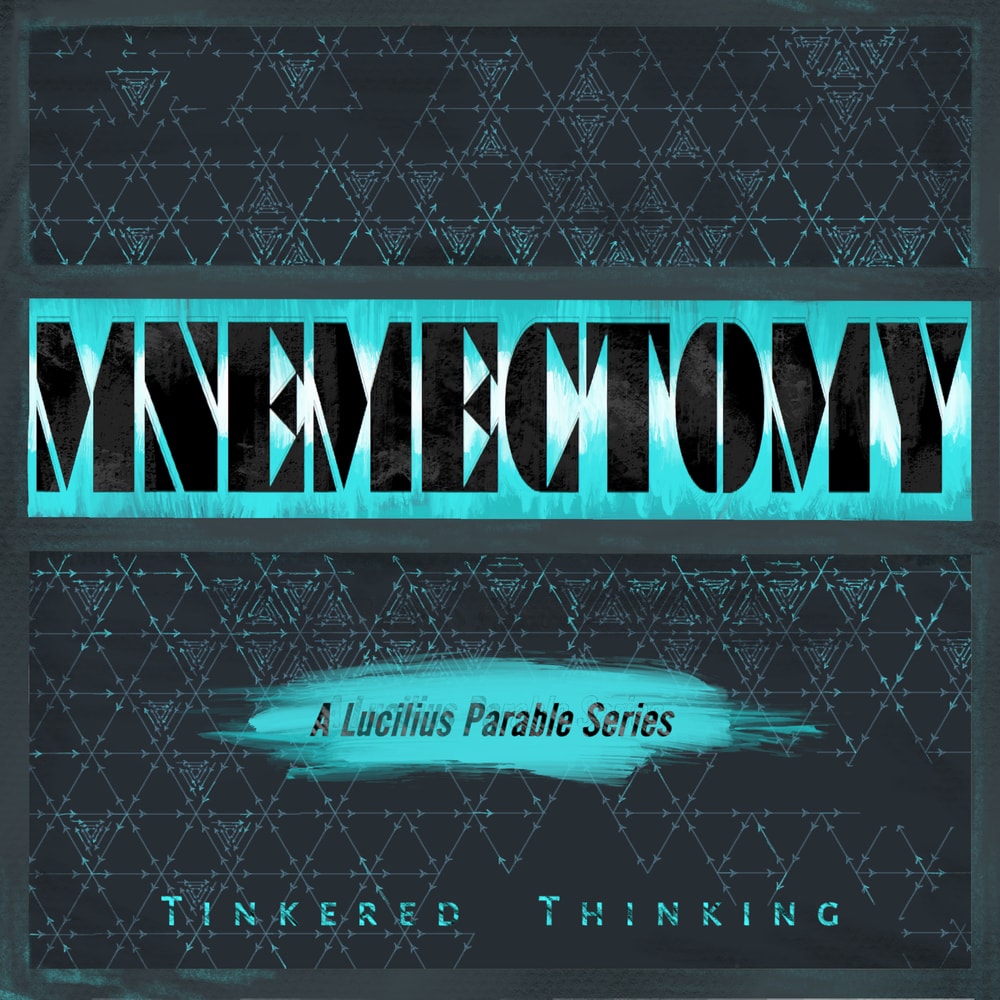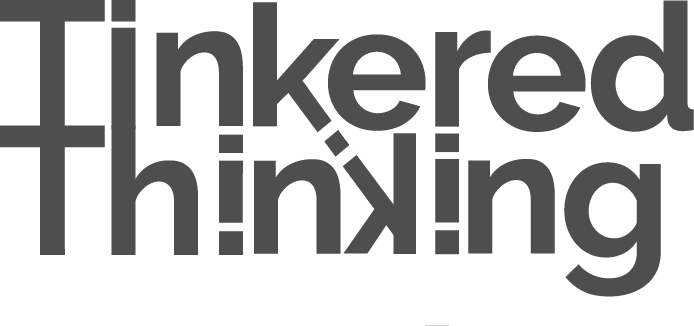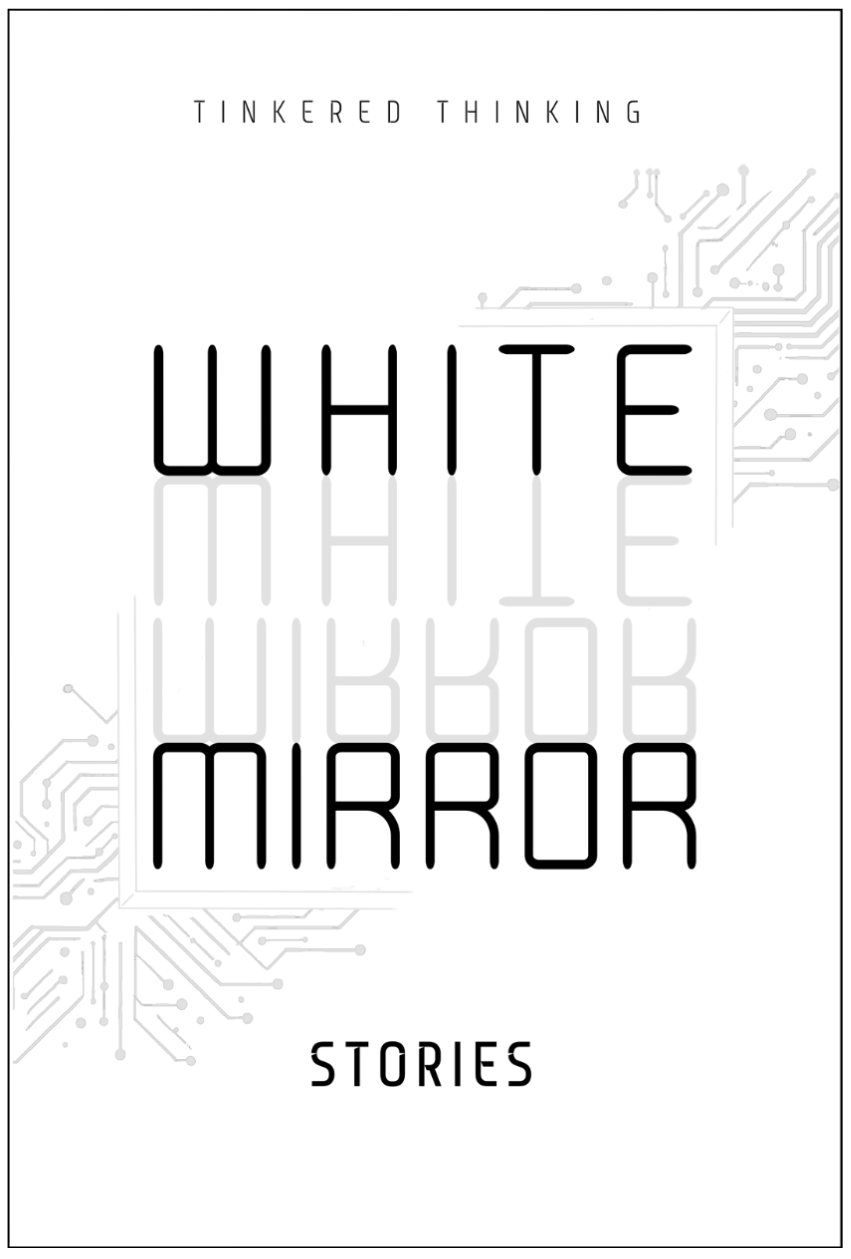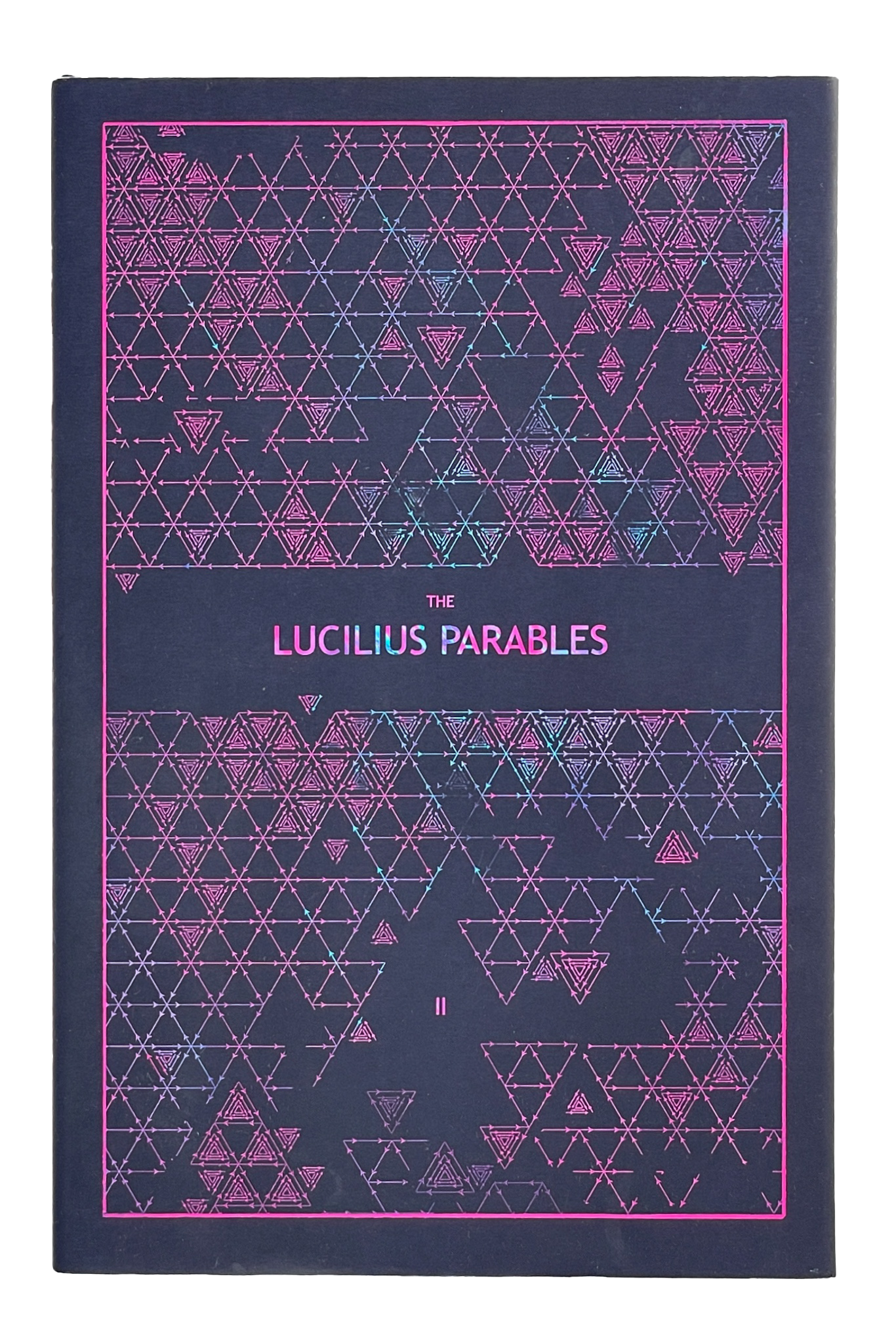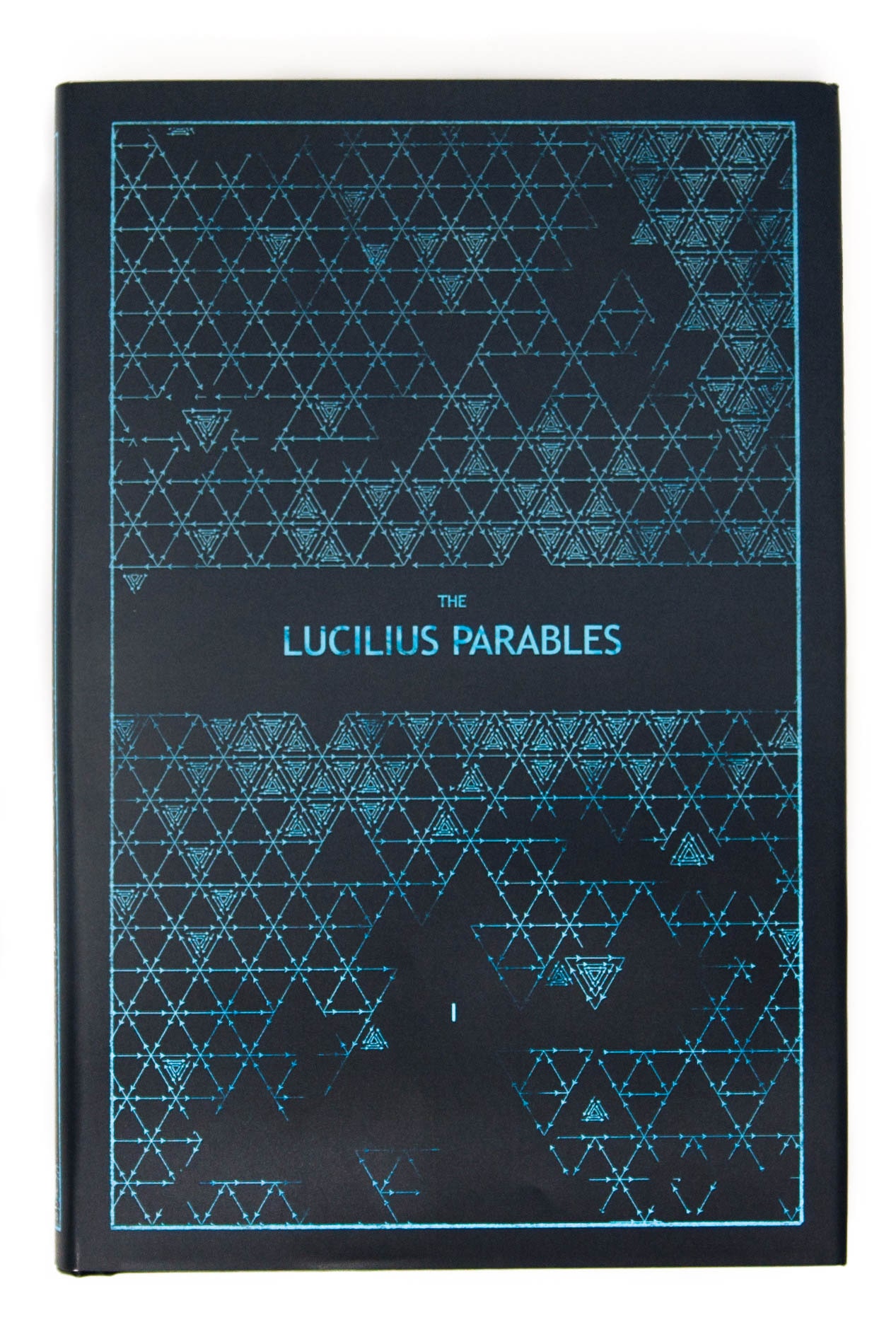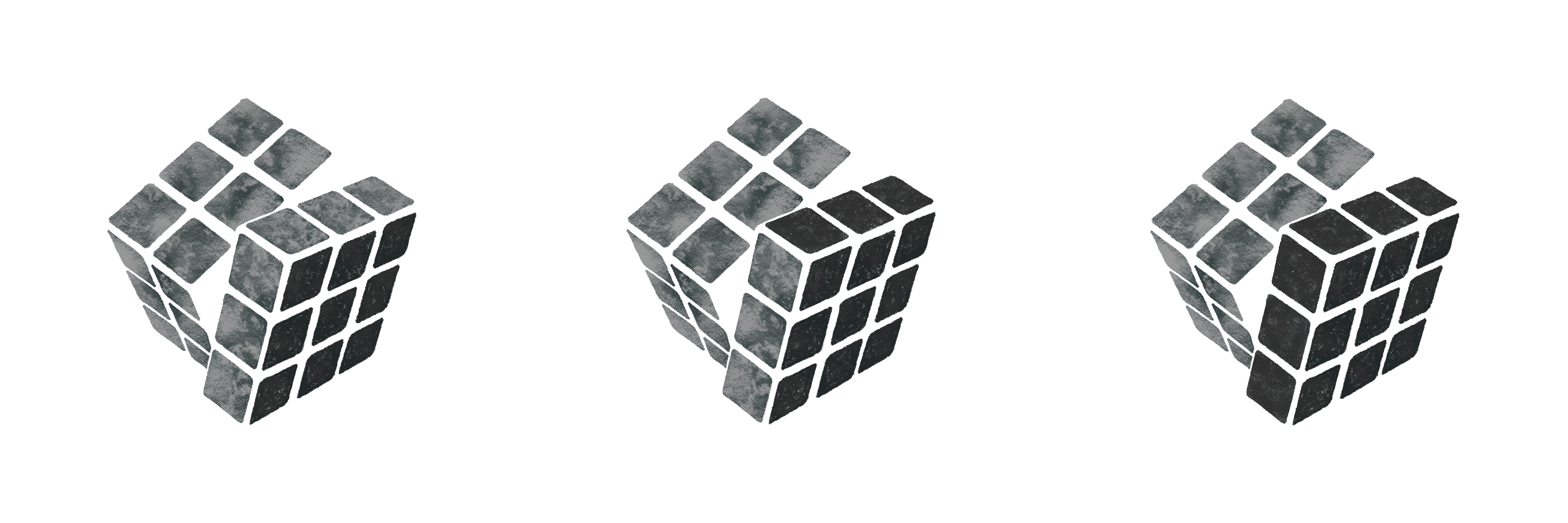Daily, snackable writings to spur changes in thinking.
Building a blueprint for a better brain by tinkering with the code.
subscribe
rss Feeds
SPIN CHESS
A Chess app from Tinkered Thinking featuring a variant of chess that bridges all skill levels!
REPAUSE
A meditation app is forthcoming. Stay Tuned.
SUBTLE LANGUAGES OF VISION
January 2nd, 2021
The golden arches of the burger franchise McDonald’s is the most recognizable symbol in the world. We compute the meaning of those arches on sight far faster than we do the word “McDonald’s”, and this is true of all symbols which also have a name spelled out with letters. We might recognize the golden arches faster than Nike’s swoosh, but we register that swoosh far faster than the name “McDonalds” when it’s spelled out as a word.
This is a lost utility reminiscent of hieroglyphics that has returned in a primitive way with brand symbols and emoticons. The use of symbol, shape, and color creates a shortcut within thought. That is, of course if the association is already present. Drawing a random, never-before-seen symbol is as useless as looking at a single letter in a foreign alphabet, but unlike most letters in alphabets, the symbol can take on a complex meaning.
Now while the golden arches don’t implicitly convey anything that might possibly lead someone to think the name “McDonalds” without prior association, we do operate with a subtle language of vision when it comes to shape and color.
One example regarding color is how fast we can find and match it. Given two instances of color within a sea of colors, the human mind can pick out the two with astonishing speed. The same cannot be done with two instances of the same word. This fact of the brain is something we have done little to utilize. Now before the digital era, this lack of capitalization is understandable: producing color in the physical world is expensive and laborious. But in the digital world, a color is just a tiny snippet of code which can be reproduced infinitely.
And so it goes to wonder what subtle use of color we have failed to tap into given all the flashy apps out there. Color seems to be used in only the most superficial way, as a means to just get some attention, as opposed to being a conduit for attention to be guided along intuitive paths.
The cluttered complexity of letters and words may also ignore something intrinsic about the use of shape that we aren’t using. As with those golden arches, or that swoosh, it’s not the color of the symbols that is conveying the information, it’s the shape. How much information are we inefficiently parroting with words that could be fast tracked with a wider more thoughtful array of symbol? The explosion of emoticons perhaps hints at the huge potential here. They are presented with no description, and yet they are used with little to no confusion. Perhaps we should take the smilie face a little more seriously and learn from it’s lesson in order to expand the way we communicate with one another.
-compressed.jpg)
